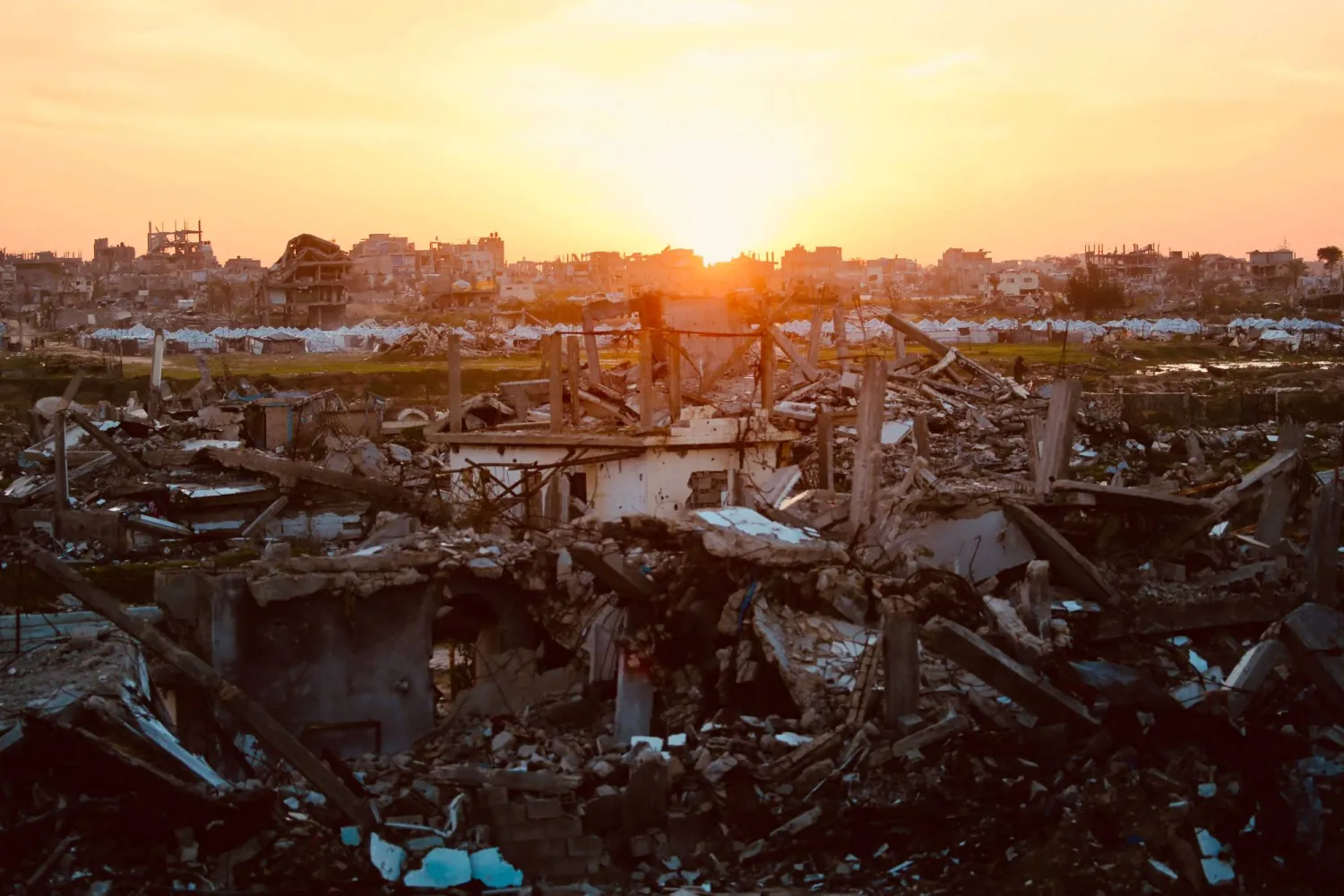Hamas has been facing growing discontent from Gaza’s residents over its continued rocket attacks, which provoke Israeli retaliation, leading to mass displacement. Many also demand that Hamas relinquish power in hopes of securing a ceasefire that would ease their suffering amid relentless Israeli bombardment.
Unlike past demonstrations, recent protests did not trigger a strong crackdown from Hamas forces, leading some to speculate that the group’s power has waned due to Israel’s ongoing strikes.
One young man who helped organize a protest in Gaza’s Shuja’iyya neighborhood on March 27 told Asharq Al-Awsat that demonstrators had expected to be repressed but were surprised by Hamas’ lack of response.
Fear of Future Retaliation
The protester, who spoke anonymously for fear of reprisal, suggested that Hamas’ restraint might be due to Israeli airstrikes targeting any visible members of the group. However, he speculated that once Hamas regains its strength, it might retaliate against protest organizers, as seen after previous ceasefires.
Protesters were particularly alarmed by the case of Odai Al-Rubaie, a resident of Tel Al-Hawa, who was reportedly killed by Hamas militants after leading anti-Hamas demonstrations. While no official statement has been issued by the group to confirm or deny its involvement, Al-Rubaie’s family claims he was kidnapped, tortured, and then executed by an armed group linked to Hamas’ military wing, Al-Qassam Brigades.
Chaos Following Assassinations
Asharq Al-Awsat has observed growing administrative disarray in Gaza, exacerbated by Israeli assassinations and the disappearance of key Hamas officials, some of whom have gone into hiding or switched off their phones. This has disrupted the work of police forces, security agencies, and even the Ministry of Education, where confusion persists over whether schools should remain open. Additionally, government employees, including those in Hamas’ political and military wings, have not received salaries or financial stipends—something the group had maintained even throughout 15 months of war and previous ceasefires.
Some analysts see Hamas’ current struggles as a sign of growing weakness under intense Israeli military pressure. However, Hamas insiders reject this notion.
Senior Hamas sources told Asharq Al-Awsat that while the group is experiencing difficulties in managing certain affairs due to relentless Israeli targeting, it remains strong and cohesive. The sources admitted that political and military leaders still inside Gaza have been forced into hiding, but they insist that Hamas’ authority will be restored once a ceasefire is secured.
Hamas believes that a ceasefire would allow it to reassert control over Gaza until a political agreement determines the future governance of the territory. The group has already agreed to the formation of the Community Support Committee, which is expected to assume administrative responsibilities.
However, Israel continues to assert that it will not allow the group to be part of any governing authority in Gaza. Israeli officials have linked any permanent ceasefire to the disarmament of Hamas and the departure of its leadership from the Strip—conditions Hamas firmly rejects.









